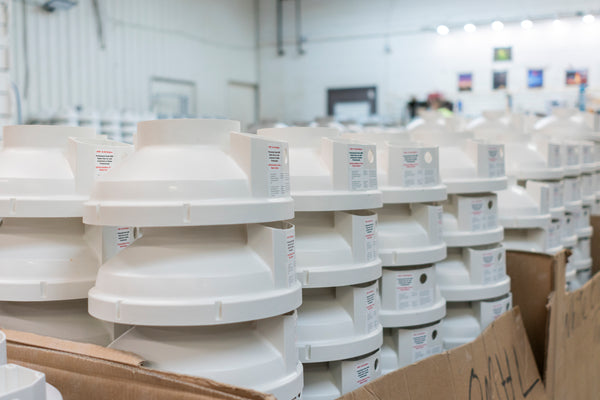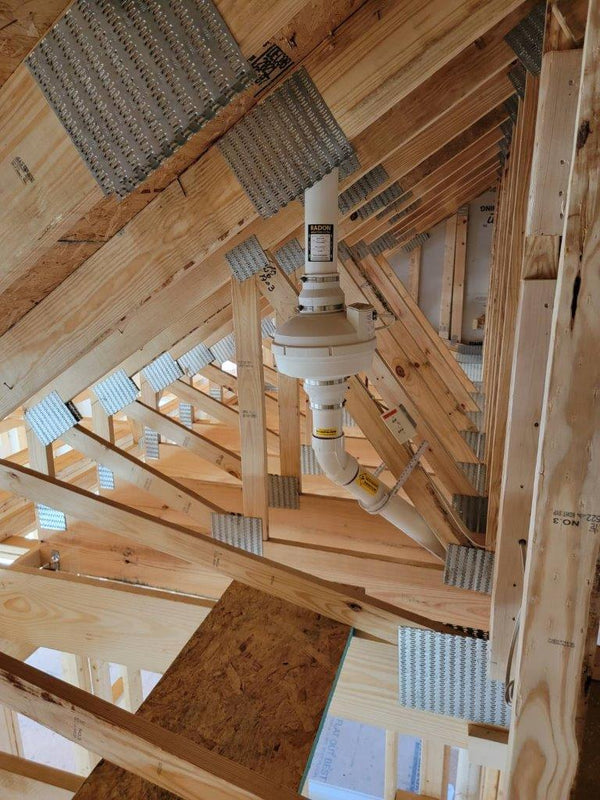
How Radon Gas Exposure Affects Your Health
The potentially devastating health outcomes of long-term radon exposure have been known and studied for several decades. Multiple studies have proven that exposure to radon gas over a long period of time can lead to lung cancer.
Radon is everywhere, from the outdoors to the air inside enclosed spaces like homes and offices. Short-term exposure to low levels of radon does not cause any immediate health effects. You won’t cough, wheeze, or get lung cancer after short bursts of radon exposure.
However, you should know how radon exposure will affect your long-term health, especially if you live in a home with elevated radon levels. Let’s take a closer look at what radon will do to your body after years of breathing it in.
What Does Radon Do to Your Lungs?
Radon gas, as its name implies, is a radioactive material that causes more damage as it decays. As those particles break down, they develop an electric charge that can attract dust particles. When radon latches on to particles floating in the air, it’s much easier to inhale them.
As those radon progeny (or “daughter”) particles enter your system, they can latch onto the epithelial cells lining your lungs or stick to your lung fluid. The particles will continue to decay inside your lungs, releasing tiny bursts of radioactive energy as they do so. Those little bursts damage lung tissue, and with years of exposure, radioactive damage can turn into cancer.
Increased Risk Factors
If you are a healthy adult who does not smoke cigarettes, lung disease or cancer from radon exposure can take several years to develop. The Environmental Protection Agency (EPA) estimates that radon gas exposure causes roughly 21,000 lung cancer deaths per year. Of those deaths, about 2,900 include individuals who never smoked.
The risk of an individual falling ill from radon exposure multiplies if any of the following apply:
- They are a cigarette smoker
- They live with a smoker and are regularly exposed to secondhand smoke
- They have a pre-existing respiratory condition like asthma or emphysema
- They have a job that places them at greater risk, like mining
- They are a child (small, developing lungs are more sensitive)
Living in a home with elevated radon levels for several years increases the risk of developing lung cancer, even in individuals with no other risk factors. Luckily, the dangers of radon are well known at this point, and radon mitigation equipment is easy to procure and does not require constant maintenance.
Symptoms of Radon Poisoning
Radon gas poisoning is a big step on the path to lung cancer. It won’t happen immediately or even after a few months of living with elevated radon levels. However, if you live with an unmitigated radon problem for years, you may start developing worrisome symptoms.
If you develop the following symptoms after living in your home for a few years, they may be signs of radon poisoning. See your doctor at your earliest convenience if you notice these signs:
- A persistent cough
- Chest pain
- Shortness of breath
- Coughing up blood
- Frequent respiratory infections like pneumonia or bronchitis
- A consistently hoarse voice
These signs point toward radon poisoning—you may have already developed lung cancer. That’s why it’s so important to address these health concerns quickly! If you and your doctor catch the cancer in its earliest stages, treatment is more likely to be effective.
As you advocate for your physical health, schedule a radon test for your home. This is especially important if you live with family, friends, or your partner. Don’t let radon poisoning creep into the lungs of your loved ones! Test your home to get conclusive answers, and hire a radon expert to install an active mitigation system if tests reveal radon levels higher than 4.0 pCi/L.
Other Lung Diseases To Watch For
While lung cancer should be your primary concern with radon exposure, you may also be at high risk of developing other pulmonary diseases.
Epidemiologists performed several studies on miner cohorts who were exposed to high levels of radon over an extended period. Their results showed an increased frequency of emphysema, pulmonary fibrosis, and chronic interstitial pneumonia.
Even if you don’t work in a mine or another high-risk occupation, high levels of radon can lurk in any enclosed space. Because radon is completely odorless, tasteless, and colorless, you can’t know for sure whether a space contains radon without testing.
The Big C: Radon Exposure and Lung Cancer
Now, let’s discuss the most worrying health effect of radon exposure in more depth.
Cancer originates with a single cell. The DNA in that cell mutates, and as the cell multiplies, its altered DNA replicates during mitosis. Those cells will continue to multiply and spread through the tissues in your body, often appearing as growths or tumors.
Remember how we mentioned radon particles decaying inside your lungs when you breathe them in? The radioactive energy those particles release as they break down damages the DNA in your lung cells. Over time, your lungs may develop irreversible tissue damage and even cancer. Most of the cancer types that result from long-term radon exposure are bronchogenic, or originating in the lungs. Here are the most common varieties:
Small-Cell Carcinoma
This highly aggressive form of lung cancer begins in the bronchi, or the breathing tubes that connect the windpipe to the lungs. It moves quickly and can metastasize, or spread, throughout the body. Early detection is crucial for treating the cancer.
Adenocarcinoma
All of the organs in the body are lined by glands that secrete mucus and other fluids that help the body function. Adenocarcinoma originates in those glands; it’s often found in the lungs but can also be detected in the stomach, pancreas, or esophagus. When caught in its early stages, adenocarcinoma is treatable.
Squamous-Cell Carcinoma
This is a non-small-cell variety of cancer, and like the others on this list, it can metastasize to other organs if it’s not caught quickly. Squamous cells are thin, flat cells lining the airways; as you breathe in radon particles, they can damage those cells. Over time, cells with damaged DNA will multiply and cluster into a tumor.
How does radon gas exposure affect your health? The biggest and most obvious health concern is lung cancer. Along the way to developing a tumor, you may notice many other worrying symptoms.
These symptoms and conditions crop up after years of unmitigated radon exposure, so you should regularly test your home for radon. Don’t let a bloody cough or a cancer diagnosis be your first inkling that you’ve been exposed to radon! Take preventive action by installing an active radon mitigation system in your home.






